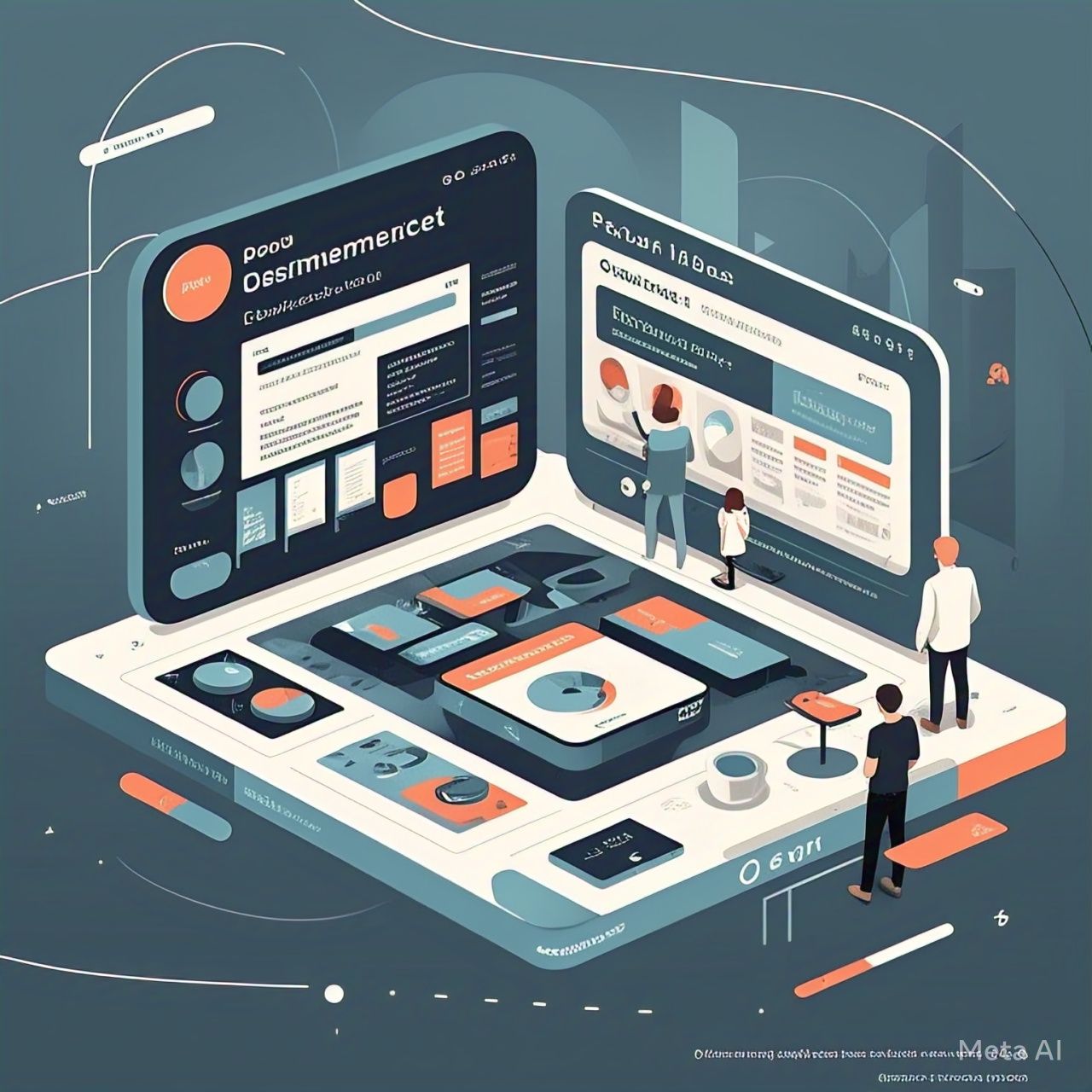Introduction
Virtual Reality (VR) and Augmented Reality (AR) are transforming how we interact with digital content, from immersive gaming to real-world applications in education, healthcare, and shopping. However, delivering smooth and realistic experiences on mobile devices requires significant computational power. This is where AI chips play a crucial role. AI-powered processors enhance mobile VR and AR experiences by improving rendering speeds, optimizing power efficiency, and delivering real-time enhancements.
In this article, we explore how AI chips are revolutionizing mobile VR and AR, making them more immersive, responsive, and power-efficient.
The Role of AI Chips in Mobile VR and AR
1. Real-Time Object Recognition and Environment Mapping
AI chips enable advanced scene understanding by:
- Recognizing objects, faces, and gestures in real time.
- Enhancing AR applications like Google Lens and Snapchat filters.
- Improving AR gaming by mapping real-world environments accurately (e.g., Pokémon GO, AR navigation).
2. Enhanced Graphics and Rendering Speeds
VR and AR require ultra-fast graphics processing. AI-powered chips:
- Optimize rendering techniques for real-time 3D visuals.
- Reduce motion blur and lag, ensuring smoother interactions.
- Enable higher frame rates and lower latency, crucial for immersive experiences.
3. AI-Based Motion Tracking for Smooth Interactions
AI enhances motion tracking by:
- Reducing motion sickness through precise head and hand tracking.
- Improving gesture recognition for more natural VR/AR interactions.
- Enhancing real-time motion synchronization for VR gaming and training simulations.
4. Power Efficiency and Thermal Management
Mobile VR/AR apps are power-intensive, but AI chips:
- Optimize power consumption, extending battery life.
- Dynamically adjust processing power, reducing overheating.
- Enable on-device AI processing, minimizing dependency on cloud computing.
5. AI-Driven Adaptive Resolution and Upscaling
AI-powered chips improve visual quality by:
- Using real-time upscaling to enhance textures and details.
- Reducing pixelation in mobile VR headsets.
- Enhancing low-light AR experiences, making virtual objects blend seamlessly with reality.
Real-World Applications of AI-Enhanced Mobile VR and AR
1. Gaming and Entertainment
- AI chips power AR/VR games like Pokémon GO, Beat Saber, and Meta Quest.
- AI enhances realistic character animations and physics-based interactions.
- Cloud-based AI processing allows for complex VR multiplayer environments.
2. AR Shopping and Virtual Try-Ons
- AI enables AR-based shopping experiences, such as IKEA Place and L’Oréal’s virtual makeup try-on.
- Real-time AI processing ensures accurate size and fit recommendations.
3. Education and Training
- AI-enhanced AR/VR is transforming medical training, engineering simulations, and virtual classrooms.
- AI-powered language translation in AR glasses allows for real-time communication.
4. Healthcare and Therapy
- AI-powered VR is used for pain management, mental health therapy, and physical rehabilitation.
- AI-driven motion tracking enhances physical therapy exercises.
5. Navigation and Smart Assistants
- AI-powered AR navigation apps, such as Google AR Maps, improve real-time pathfinding.
- AI integrates with voice assistants for hands-free AR interactions.
The Future of AI Chips in Mobile VR and AR
1. Neural Processing Units (NPUs) for On-Device AI
- Next-gen smartphones will feature dedicated AI chips for real-time VR/AR processing.
- On-device AI will reduce reliance on cloud computing, enhancing speed and privacy.
2. AI-Enhanced Spatial Computing
- AI chips will enable fully immersive mixed reality experiences, blending VR and AR.
- Enhanced spatial awareness will improve holographic displays and real-time 3D modeling.
3. AI-Powered Brain-Computer Interfaces (BCI)
- Future AI chips may integrate with BCIs, allowing mind-controlled VR experiences.
- AI will improve real-time emotional detection and adaptive interactions in VR environments.
Conclusion
AI chips are redefining mobile VR and AR by delivering enhanced graphics, real-time tracking, power efficiency, and immersive interactions. As AI-powered processors continue to evolve, mobile VR and AR experiences will become more seamless, lifelike, and accessible to users worldwide. Whether in gaming, education, healthcare, or shopping, AI-driven advancements will push the boundaries of what’s possible in augmented and virtual reality.




